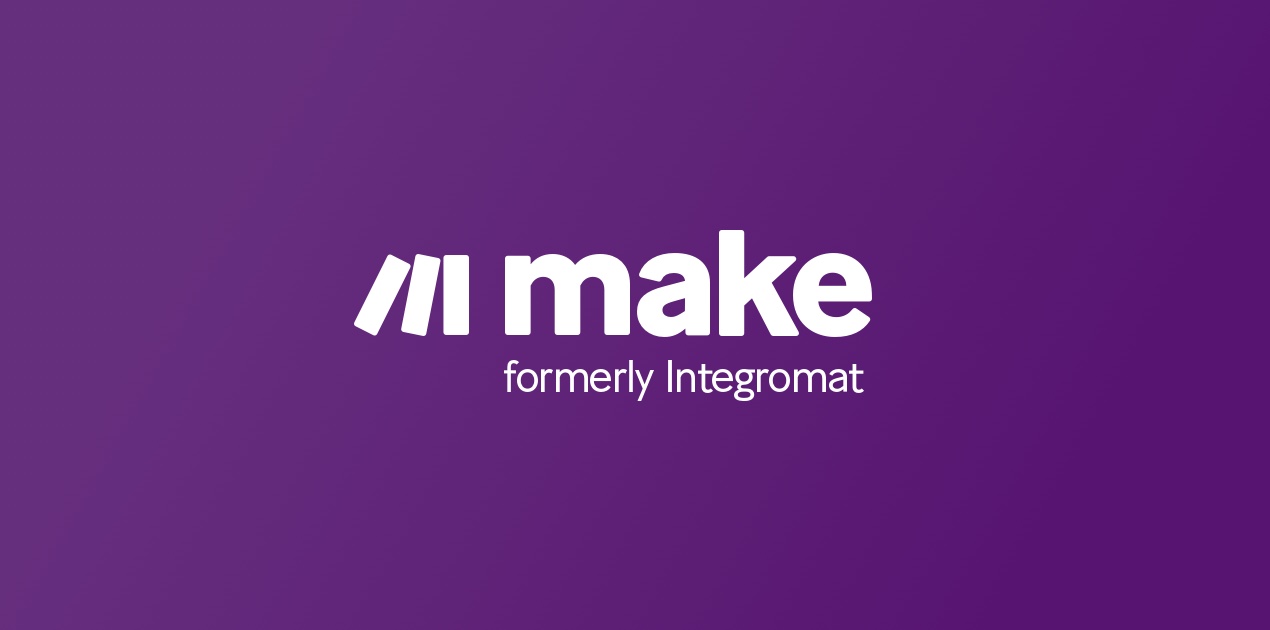“`html
How to Backup Your n8n Workflows
For expert developers who rely on n8n for automation and workflow orchestration, safeguarding your workflows by backing them up is crucial. This guide provides a structured approach to efficiently back up your valuable n8n workflows.
Understanding the Importance of Workflow Backups
Backing up n8n workflows ensures that your automation processes are safe from accidental data loss, corruption, or system failures. This safeguard allows you to restore workflows effortlessly and maintain business continuity.
Prerequisites
Before proceeding with the backup process, ensure the following:
- You have access to your n8n server or platform.
- Your n8n instance is running with appropriate permissions.
- You have a destination to store your backups securely.
Step-by-Step Workflow Backup
1. Export Workflows using n8n CLI
n8n provides a command-line tool that allows you to perform various operations, including exporting workflows.
- Access your n8n instance via SSH or directly through your server console.
- Run the following command to export workflows:
n8n export:workflow –all –output=backup/workflows.json
- This command exports all workflows to a JSON file located at backup/workflows.json.
2. Schedule Regular Backups
To ensure consistency and protect against data loss, schedule regular backups.
- Use cron jobs to automate the export command daily or weekly.
0 2 * * * n8n export:workflow –all –output=backup/workflows.json
- Adjust the frequency based on how often you update your workflows.
3. Store Backups Securely
Ensure that your backup storage solution is secure and reliable.
- Use cloud storage solutions like AWS S3, Google Cloud Storage, or Azure Blob Storage.
- Encrypt backups before uploading to protect sensitive data.
- Regularly review and test backups to avoid surprises during restoration.
Real-World Example
A leading SaaS company embedded n8n for workflow orchestration but faced challenges with workflow updates. By implementing scripted backup solutions, the company ensured seamless recovery post an accidental data wipe, maintaining customer trust and operational momentum.
Tools and Resources
Leverage the following resources to enhance your backup strategy:
- n8n CLI Documentation for detailed command references.
- Crontab Guru to assist in scheduling cron jobs.
- Cloud storage documentation from providers like
AWS,
Google Cloud, and
Azure.
Conclusion
Implementing a solid backup strategy for your n8n workflows ensures resilience and reliability in your operational workflows. By following these steps, you can safeguard your automation processes and minimize disruptions.
“““html
Advanced Backup Strategies for n8n Workflows
As your reliance on n8n grows for critical business operations, adopting advanced backup strategies becomes essential. This extension to our initial guide dives deeper into sophisticated methods for backing up your n8n workflows to ensure maximum durability and accessibility.
Leveraging n8n Cloud for Backups
For teams using n8n Cloud, taking advantage of n8n’s built-in backup capabilities enhances security and convenience.
- Enable automatic backups in the n8n Cloud settings.
- Configure the backup frequency and retention period according to your business needs.
- Access backups directly from the n8n Cloud dashboard for quick recovery.
Implementing Version Control
Integrating your workflow backups with a version control system offers several benefits, including change tracking and easier rollback.
- After exporting workflows, push the JSON files to a Git repository.
- Utilize branches for managing development, staging, and production workflows.
- Leverage Git hooks or CI/CD pipelines to automate backup processes further.
Advanced Encryption Techniques
Enhance the security of your backups with advanced encryption techniques to protect sensitive workflow information.
- Use tools like OpenSSL or GPG for encryption before uploading backups to cloud storage.
- Implement secure key management practices to control access to encryption keys.
- Consider encrypting each backup file with a unique key for added security.
Utilizing Object Storage Lifecycle Policies
Cloud object storage services offer lifecycle policies that can automate the management of backup files, such as transitioning to cheaper storage classes or automatic deletion.
- Configure lifecycle policies on your cloud storage buckets to manage backups efficiently.
- Use transition actions to move older backups to more cost-effective storage solutions like AWS Glacier or Google Cloud Nearline.
- Set expiration actions to automatically delete backups that exceed your defined retention period.
Disaster Recovery Planning
Beyond backups, a comprehensive disaster recovery plan ensures you can restore your n8n operations quickly after a catastrophic event.
- Identify critical workflows and prioritize them in your recovery plan.
- Document detailed restore procedures for your n8n workflows.
- Regularly conduct recovery drills to ensure your team is prepared.
Monitoring and Alerts
Implement monitoring and alerting mechanisms to stay informed about the status of your backup processes.
- Use monitoring tools to track backup success rates and performance.
- Set up alerts for failed backups or deviations from normal performance metrics.
- Regularly review backup logs to ensure no issues or errors are occurring.
Conclusion
Implementing advanced backup strategies and disaster recovery planning for your n8n workflows not only safeguards against data loss but also ensures your business can quickly rebound from unexpected events. Leveraging the right tools and practices significantly enhances the resilience of your workflow automation.
“`


